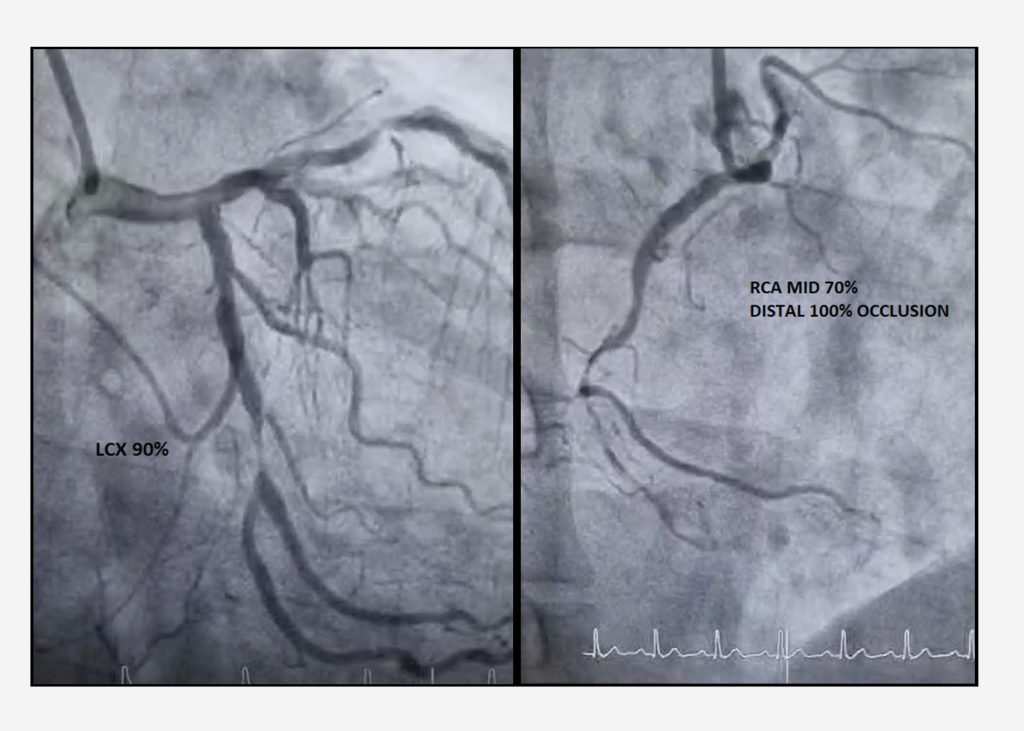
Coronary Artery Bypass Grafting Surgery on a Young Male with Strong Family History of CAD
Coronary Artery Disease or CAD is labeled “premature,” before age 55 years for men or 65 years for women.


Coronary Artery Disease or CAD is labeled “premature,” before age 55 years for men or 65 years for women.
Coronary Artery Disease or CAD is labeled “premature,” before age 55 years for men or 65 years for women. CAD when occurs in the young, defined as onset before age 45 years is very alarming. The clinical factors associated with recurrence are insufficient control of conventional risk factors (diabetes, hypertension, and smoking), multivessel disease, Asian or sub-Saharan African ethnicity, and inflammatory disease. The incidence of acute myocardial infarction events is 4% to 10% in these young adults.
Fakeeh University Hospital’s Surgical Institute recently received the case of a young adult Asian male with severe CAD in multiple vessels, diabetes mellitus and a strong family history of CAD. Family history of coronary heart disease (CHD) has been well studied as an independent risk factor. Though Coronary artery bypass grafting surgery (CABG)is a commonly performed cardiac surgery, this was the first case of CABG at FUH.
A 43-year-old Asian male presented with history of stable angina for the last one month. He had diabetes mellitus and was on regular medication and had a strong family history of coronary artery disease. He was evaluated for chest pain in the cardiology department. The CAG report showed severe triple vessel disease with Left main of 60%, LAD of 95%, CIRC of 90% and RCA 70%. This was considered and treated as a semi urgent presentation because of the coronary tight lesions.
The echo report showed normal left ventricular (LV) with 55% ejection fraction. The lab investigations were within normal range. The patient was referred for Coronary artery bypass grafting surgery (CABG).

The cardiac surgeon reviewed the patient and planned for CABG surgery. The patient underwent triple CABG, LIMA to LAD, SVGX2, to OM2 and PDA with good quality of distal and proximal anastomosis.
During the surgery the patient was haemodynamically stable, with a short time of cardioplesia and extra-corporeal bypass. The patient remained haemodynamically stable with good urine output, a good hemostasis was verifired. A smooth weaning from bypass was achieved with minimal inotropes support and the heart restarted spontaneously in sinus rhythm and normal ECG. The per- operative TEE showed a good LV function.
The chest was closed as usual and the patient was shifted to the ICU in stable condition.
The course in the ICU was very smooth without any issues. He was discharged after seven days with antiplatelets, betablockers and statins.
For the next FUH Medical Review
©2021 Fakeeh University Hospital. All Rights Reserved
To FUH Medical Review